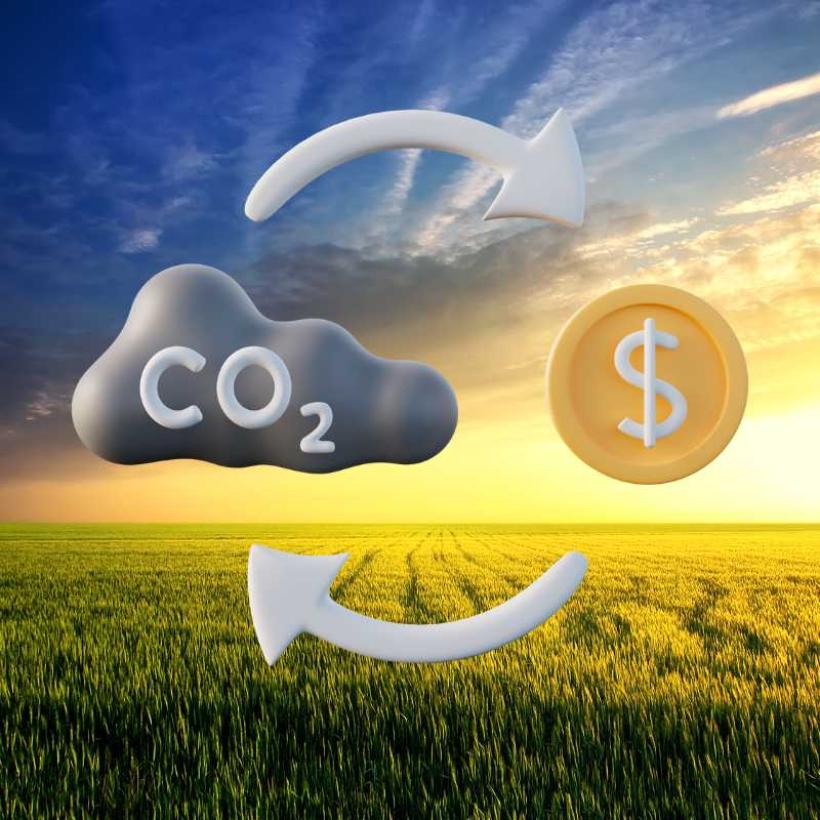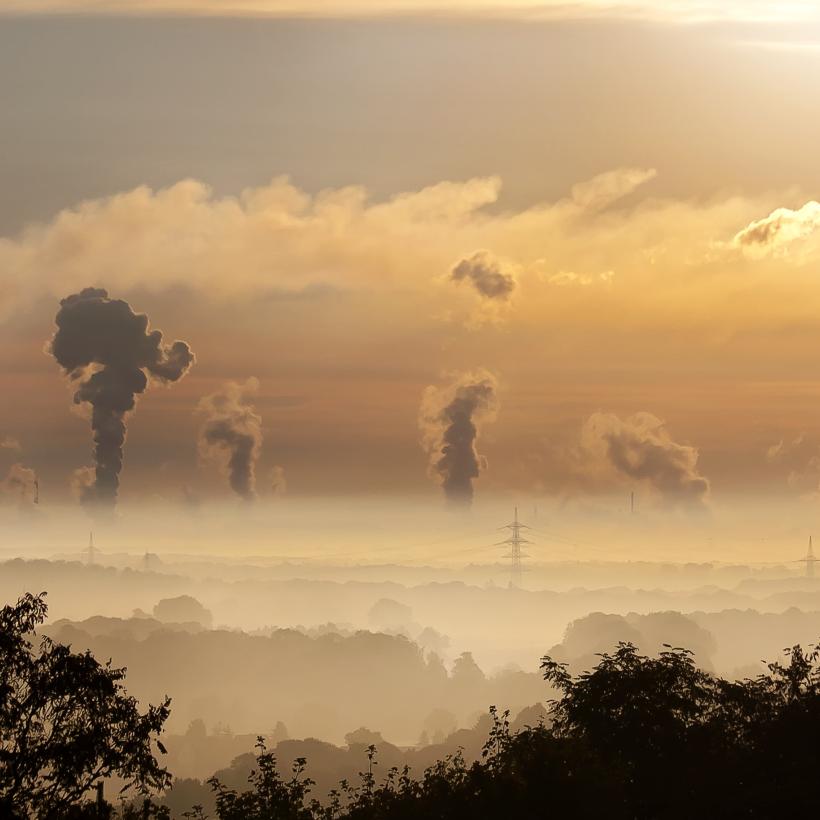Mais notícias
-

07.8 Quais são as principais ações para mitigação de Gases de Efeito Estufa.
O mundo precisa de ações que possam orientar o planeta em uma direção voltada à sustentabilidade. Existem diversas boas ações que visam reduzir emissões, e até mesmo adotar novas praticas, mais modernas, que são mais sustentáveis.
-

18.5 Quais foram os principais acordos do clima e o que são COP’s?
Entenda mais sobre quais foram os principais marcos na regulação e nas metas de redução do aquecimento Global.
-

18.5 Crédito de Carbono: O que é, como funciona, quais benefícios e como são os mercados regulado e voluntário?
O crédito de carbono é um ativo financeiro que permite às instituições privadas e públicas compensarem suas emissões de gases de efeito estufa. O objetivo é reduzir as emissões globais buscando alcançar o equilíbrio climático.
-

08.5 Quais os objetivos de projetos de carbono de "Soluções Baseadas na Natureza"?
Soluções Baseadas na Natureza (NBS) são abordagens que buscam resolver problemas ambientais, utilizando a natureza como ator para solucionar também problemas sociais e econômicos.
-

08.5 Você conhece um projeto de geração de créditos de carbono NBS? Sabe quais benefícios um projeto REDD+, oferece para a comunidade local?
Conheça o projeto Envira Amazonia, certificado pela VCS Verra, o projeto Envira é um dos muitos projetos REDD+ de crédito de carbono comercializados pela MyCarbon.
-

02.5 Você sabe quais as principais diferenças, ou evolução, dos créditos REDD+ em relação aos créditos REDD?
Os créditos de carbono REDD e REDD+ são certificados de redução de emissões que podem ser vendidos para países ou empresas que precisam compensar suas próprias emissões de gases de efeito estufa.
-

28.4 Potencial de Aquecimento Global PAG
A concentração de gases de efeito estufa na troposfera é um tema recorrente e já familiar para aqueles que trabalham em seguimentos relacionados à sustentabilidade e agropecuária.
-

23.2 Crédito de Carbono: O que é, como funciona, quais benefícios e como são os mercados regulado e voluntário?
O crédito de carbono é um ativo financeiro que permite às instituições privadas e públicas compensarem suas emissões de gases de efeito estufa. O objetivo é reduzir as emissões globais buscando alcançar o equilíbrio climático.
-

06.2 Crédito de Carbono pode ser produzido por qualquer sistema de produção agrícola?
Em resumo, não é qualquer sistema de produção agrícola que pode produzir créditos de carbono, apenas projetos que realmente reduzam os GEEs e que atendam claramente critérios rigorosos podem gerar créditos de carbono possíveis de serem comercializados.
-

16.11 Confira quais devem ser alguns dos temas mais importantes da COP-27.
A COP-27 deve ficar marcada como o encontro da implementação, já que se ambiciona com grande expectativa a efetivação de acordos que vêm sendo costurados a fim de dar efetividade ao artigo 6 do Acordo de Paris que, por sua vez, deu amparo para efetividade de um mercado global de carbono.
-

26.10 Do risco climático ao desenvolvimento resiliente às alterações climáticas.
A realidade do risco climático e seus impactos são evidentes. Precisamos caminhar com celeridade para o desenvolvimento resiliente às alterações climáticas. O relatório "IPCC Policymakers" estabelece quais são as principais frentes para pavimentar essa estrada para um futuro mais sustentável.
-

13.10 Como o agronegócio se beneficia do mercado de carbono
O agronegócio pode se beneficiar muito do mercado de crédito de carbono, adequando práticas de manejo na pecuária, utilização de boas práticas agrícolas que protegem e regeneram o solo, assim como, obviamente, reflorestamento e manutenção de áreas florestais. Estas práticas geram créditos de carbono que podem ser comercializados.
-

10.7 Crescimento do mercado regulado de carbono - Grandes oportunidades para o Brasil
Brasil comercializa créditos de carbono no mercado voluntário, mas perspectiva da criação de mercado regulado de carbono colocaria o país como grande player global do setor, ancorado na regulamentação do Artigo 6 do Acordo de Paris; Congresso deve votar projeto de lei e governo federal já lançou decreto sobre o tema
-

10.7 Mercado voluntário de carbono em plena expansão
Conheça a origem do sistema de comercialização de carbono e porque o mercado voluntário de créditos de carbono representa oportunidades para as empresas que estão em busca de reduzir suas emissões; Brasil dá os primeiros passos para regular esse mercado e é hora de sair na frente com a plataforma certa: MyCarbon
-

10.7 Conheça a MyCarbon - Uma nova empresa no mercado de créditos de carbono
A MyCarbon quer impulsionar o mercado de carbono no Brasil nos próximos anos e ajudar empresas a reduzir emissões, buscando contribuir com os objetivos do Acordo de Paris

